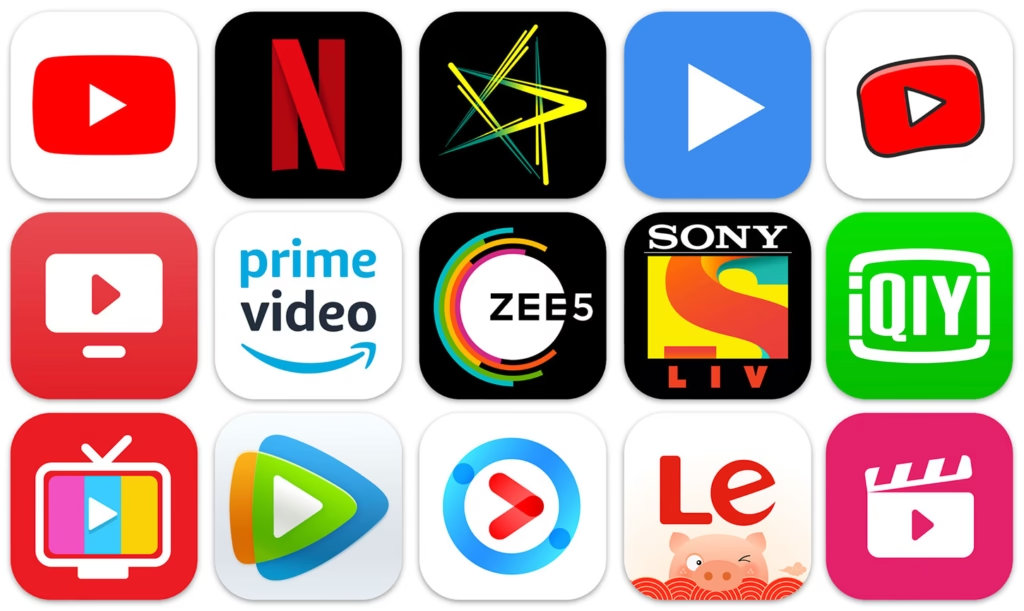The entertainment industry has undergone a massive shift in how audiences consume content. From watching shows and live streams to gaming and music, users now expect seamless digital experiences across platforms. In this fast-growing market, it’s no longer enough to offer just good content. What truly determines success is how users feel while engaging with your app.
That’s where user experience (UX) takes center stage. A well-crafted UX draws users in but also keeps them coming back. Let’s explore why UX is the hidden ingredient behind every successful entertainment app and how it can shape user loyalty, engagement, and revenue growth.
Role of UX in Entertainment Apps
User experience defines how easily and enjoyably users can navigate an app. In entertainment, where emotions drive engagement, UX is even more critical. Whether it’s watching a movie, streaming a live concert, or playing a game, users expect quick access, smooth performance, and personalized suggestions.
Entertainment apps thrive on instant gratification. If a user struggles with buffering videos, confusing menus, or unwanted ads, they’re likely to switch to a competitor in seconds. A strong UX ensures every interaction is simple and satisfying.
Top streaming platforms like Netflix and Spotify have mastered this art. They use data-driven design and behavior analysis to make the interface feel intuitive. The goal is to create an experience where users forget about the technology and focus only on the entertainment.
A media & entertainment app development company understands that great UX is more than aesthetics. It’s about connecting design and function to delight users at every step. These companies combine creative storytelling with usability testing to make sure every click feels natural and every screen invites you to explore.
How Great UX Drives User Retention?
Getting new users is expensive, but retaining them is where profits truly lie. This is why UX plays a direct role in reducing churn. A user-friendly design encourages longer sessions and repeat visits, which boosts engagement metrics. Features such as personalized recommendations, easy navigation, and dark mode enhance comfort and familiarity. Even small touches, like skip buttons or auto-play options, make the user feel in control.
A mobile app development company in USA, like JPLoft, often prioritizes these finer design elements during the development process. They know that the secret lies not in offering more features, but in making the existing ones work beautifully together. A polished interface can increase retention rates by making users feel understood and valued.
When users sense that an app understands them, they’re less likely to uninstall it. That emotional connection is the ultimate goal of a great UX strategy, especially for an entertainment app.
Impact of UX on Brand Perception
An app’s design speaks volumes about a brand. A smooth, visually pleasing interface signals professionalism and trustworthiness. On the other hand, a clunky or confusing layout can make even the best content seem unreliable.
Users often judge a brand’s credibility within the first few seconds of interaction. If an entertainment app feels outdated or inconsistent, users might assume the brand doesn’t care about their experience. This perception directly affects downloads, reviews, and word-of-mouth marketing.
From color schemes to icon styles, every visual and functional element should reinforce brand identity. For example, Disney+ uses clean layouts and family-friendly tones, while Spotify reflects vibrancy and creativity. Both deliver experiences that align perfectly with their brand promise.
An often-overlooked part of UX is accessibility. Making your app inclusive ensures everyone can enjoy the content, regardless of ability. Features like closed captions, adjustable text size, and voice commands expand your audience reach.
A truly successful entertainment app doesn’t just entertain; it also connects with the user’s feelings. Accessibility design ensures that the connection includes everyone. Strong UX builds emotional trust, keeping users loyal even when new competitors appear. It turns casual users into brand advocates.
UX and Monetization Go Hand in Hand
Entertainment apps often rely on ads, subscriptions, or in-app purchases for revenue. But without an intuitive UX, monetization efforts can backfire. Overloaded interfaces or poorly timed ads frustrate users, leading to uninstalls.
A thoughtful UX integrates monetization features in a way that feels natural, not intrusive. For instance, free users can be shown subtle upgrade prompts instead of disruptive pop-ups. Similarly, premium features can be highlighted through guided interactions rather than lengthy banners.
When UX and monetization strategies work together, they create a win-win situation, as users enjoy uninterrupted entertainment, and businesses see higher conversion rates.
Power of Personalization
Personalization has become the backbone of digital entertainment. Modern users expect tailored recommendations that match their preferences. An app that can predict what they might enjoy next instantly feels more valuable.
Smart UX design incorporates recommendation algorithms that align with user behavior. For instance, Netflix suggests shows based on watch history, while YouTube curates playlists based on viewing patterns.
Personalization goes beyond just suggestions. It includes custom interfaces, watchlists, themes, and even adaptive content layouts. Each user feels like the app was designed specifically for them.
This one-to-one design experience increases satisfaction and keeps users exploring more content, turning a simple interaction into a long-term relationship.
How UX Influence Engagement Metrics?
Metrics like session duration, click-through rates, and active users reflect how well an app is performing. All of these are directly affected by UX. A smooth and engaging design keeps users immersed longer.
Interactive elements, animations, and clear feedback encourage users to interact more. Apps that guide users effortlessly through content tend to have higher engagement rates.
Gamification can also boost engagement. Features such as badges, streaks, or leaderboards can motivate users to stay active. However, these must be implemented thoughtfully to avoid clutter or confusion.
Future of UX in Entertainment Apps
As technology advances, user experience design continues to evolve. The future of entertainment apps lies in immersive and adaptive UX. AI-driven personalization, voice-based navigation, and AR/VR integration are redefining how users interact with content.
Imagine adjusting a movie’s mood lighting through your phone or interacting with virtual characters while watching a show. These innovations blur the line between technology and storytelling.
However, even with all these advancements, the foundation remains the same: ease, enjoyment, and emotion. Future-ready apps will combine innovation with simplicity to keep users engaged and satisfied.
Conclusion
User experience is no longer just a design concern. It has become a smart business strategy. In the entertainment world, where user attention is fleeting, UX can make or break an app’s success. A great design invites users to stay, explore, and engage deeply with the content. It shapes how they perceive a brand and influences how much they’re willing to spend.
Every swipe, click, and scroll should feel effortless. That’s the true measure of success in entertainment app design. As competition grows, the apps that prioritize user experience will stand out, turning every interaction into lasting loyalty.






